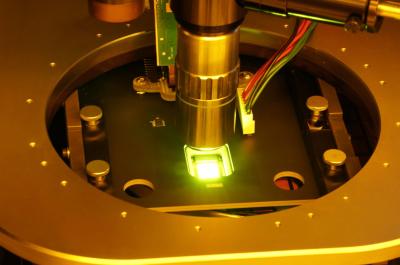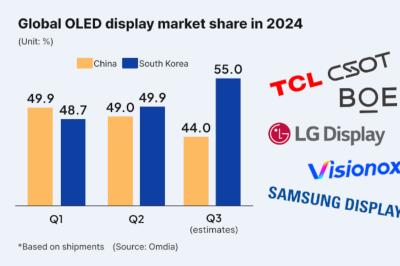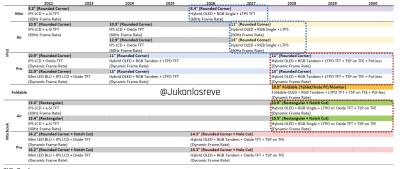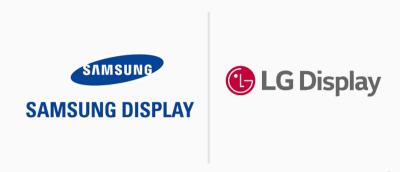Japan Display announced a strategic investment in OELDWorks, to jointly build an advanced OLED production line in the US
Japan Display (JDI) made an interesting announcement today, saying that it has made a strategic investment in OLEDWorks, and now owns 6.69% of the company. The two companies are also planning to build an advanced OLED production line in the US, targeting high-performance displays for the defense, automotive and medical industries.
JDI did not disclose much else, beyond saying that in addition to the manufacturing hub, it will alsop build an advanced display R&D center in the US, together with OLEDWorks. JDI does seem to emphasize OLEDWorks' multi-stack architecture, which maybe means that this technology will be used in the upcoming production line.











